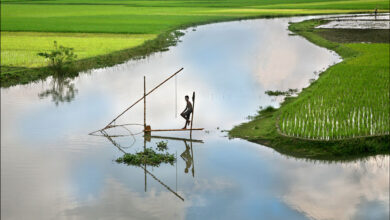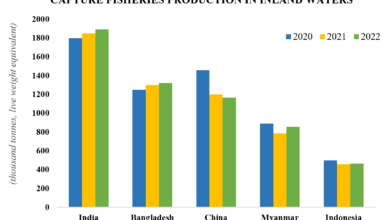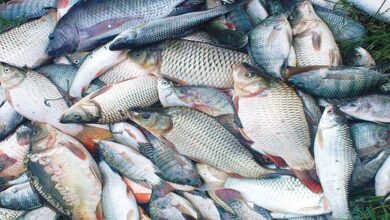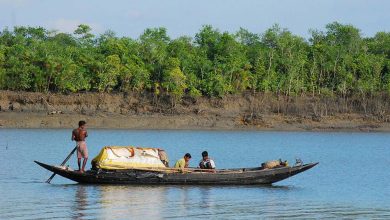Fishing bycatch: causes, arising problems and management plan
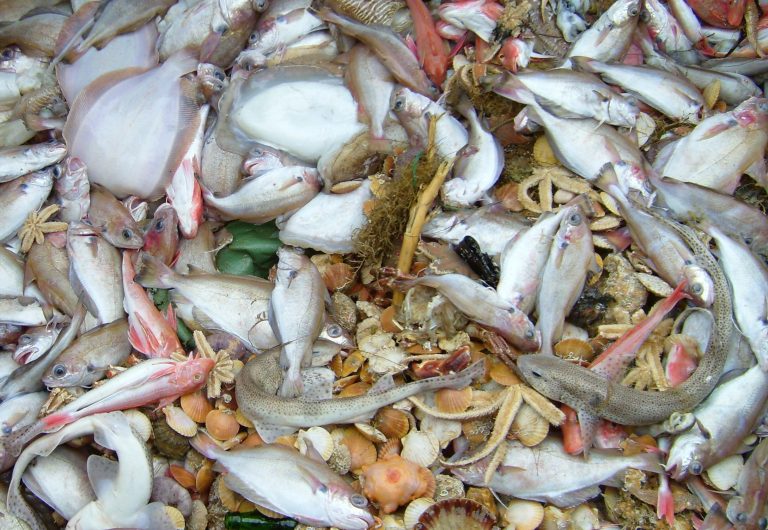
What is bycatch?
Occasionally, fishermen capture creatures that they are not permitted to retain, cannot sell, or do not want to abandon. “Bycatch” is the collective term for this. In addition to fish, bycatch can also refer to other creatures that get tangled or snagged in fishing gear, including dolphins, whales, sea turtles, and seabirds. These inadvertently captured animals frequently get wounds or pass away. Small-scale subsistence fishing yields significantly less bycatch than industrial-scale fishing operations.
What is the cause of bycatch?
The main reason why bycatch happens in commercial fishing is that financial gain takes precedence above the welfare of animals or the health of the ecosystem. Due to the enormous demand from consumers for inexpensive seafood, commercial fisheries strive to provide the highest possible quantity of fish at the most competitive price.
Nowadays, a large portion of bycatch is caused by non-selective fishing gear. While highly effective in capturing target species, modern fishing gear also captures a large number of non-target creatures. “Incidental capture of turtles by longlines, trawls, and gillnets is the single greatest threat to the survival of most populations,” states the World Wildlife Fund.
The problem of bycatch:
Marine life is seriously harmed by bycatch, frequently to the point of death. The sudden change in water pressure that occurs when fishing gear propels fish and other aquatic animals to the surface can rupture their internal organs, which can be fatal. Other instances, nontarget species are thrown back into the water while they are already dead or dying on the decks of fishing boats.
Ecologically and financially, unwanted catch is a problem. Marine ecosystems are impacted by abandoned animals because they frequently die and are unable to reproduce. Bycatch can hinder population recovery and contribute to population reductions by slowing the restoration of overfished stocks and putting protected species like whales and sea turtles at increased risk. The elimination of their preferred prey and occasionally habitat destruction are two additional effects of fishing on marine mammals. Important fish habitat and protected corals may be harmed by bycatch of species like sponges and corals.
Fishermen suffer greatly from bycatch as well. It leads to gear damage, fewer catches, and fishing regulations that jeopardize their ability to make a living. Bycatch harms local and indigenous communities, who have coexisted with marine environments for thousands of years, in addition to harming ocean ecosystems. Many communities are losing access to traditional fishing grounds they have cared for for centuries as large commercial ships diminish the marine life in these regions.
How can unwanted catch be managed?
Bycatch-based fishing can be considered sustainable as long as the quantities of bycatch are properly controlled and the impacted fish populations continue to be robust. Fish that are legally caught as bycatch but are thrown out because their market value is too low. By figuring out how to employ this lawful catch, the fishing industry can benefit financially, and the amount of bycatch can be decreased.
Fishermen capture a diverse range of species and employ an extensive array of fishing equipment. To reduce bycatch, scientists, enthusiasts, GOs, NGOs, and INGOs should collaborate to develop, test, and adopt alternative fishing gear. They must to back the creation of technological advancements and modifications to fishing methods intended to reduce bycatch.
Farhana Islam
Agriculturist, Researcher
Fisheries Resource Management, CVASU

